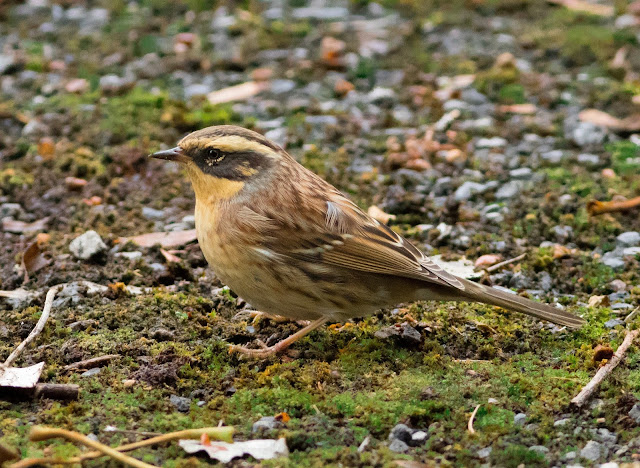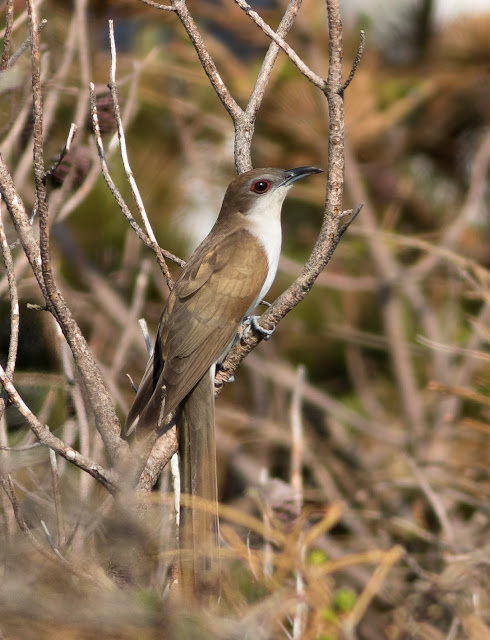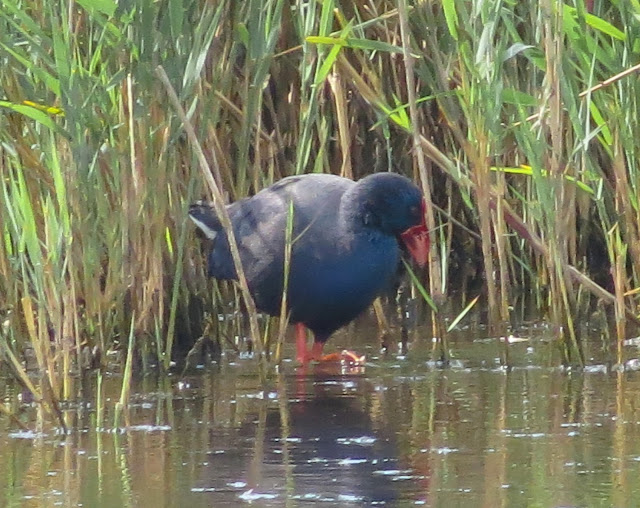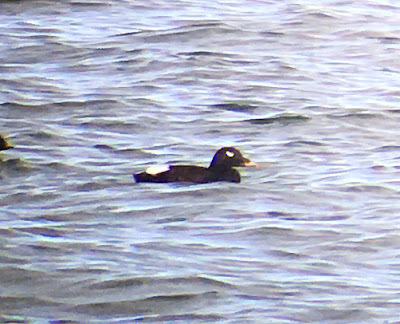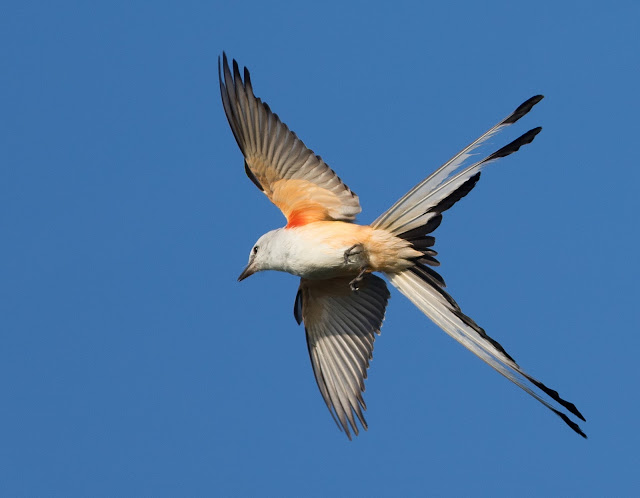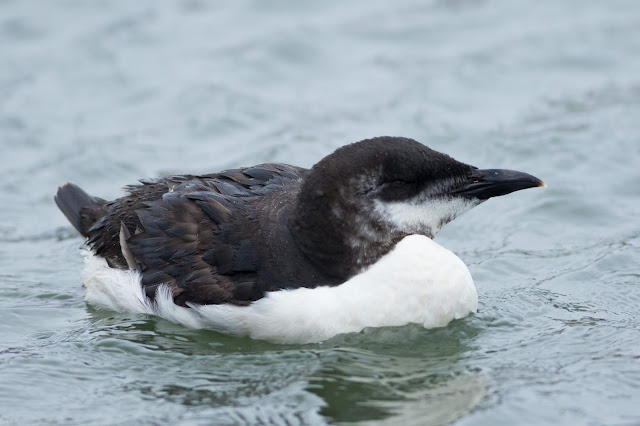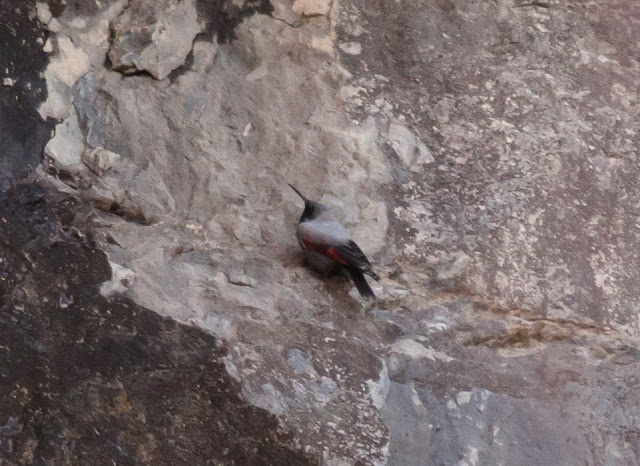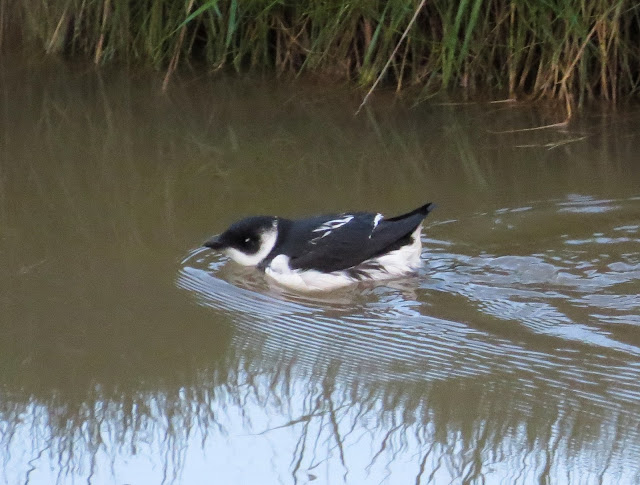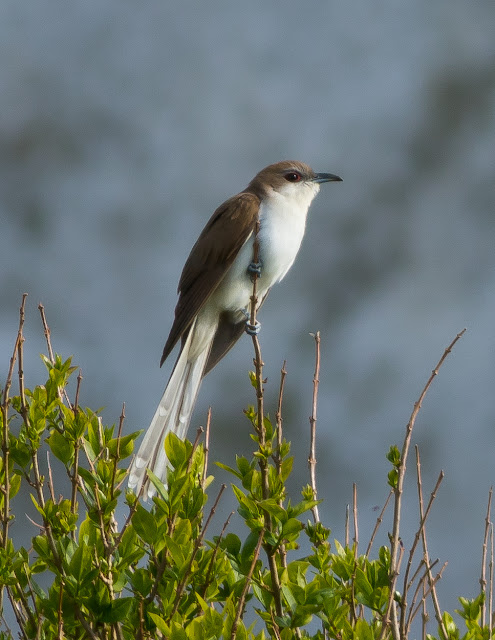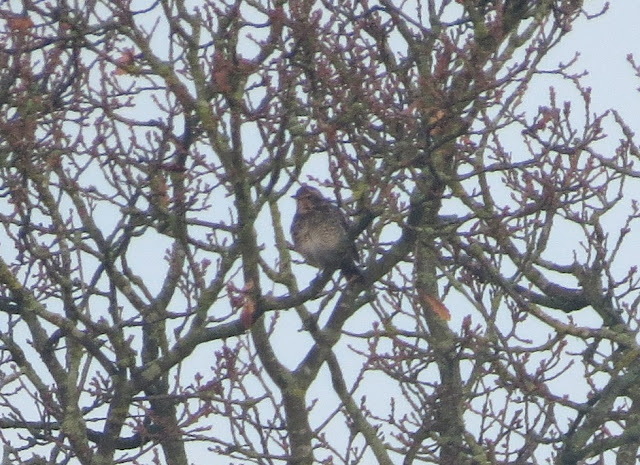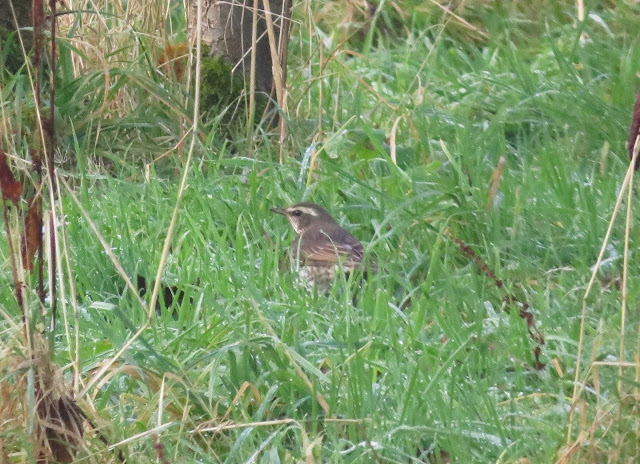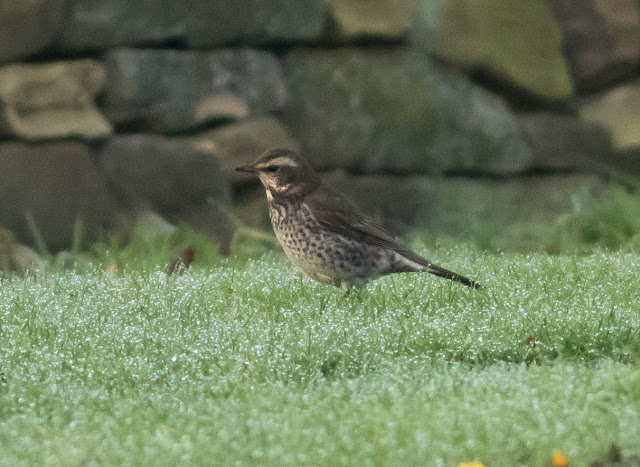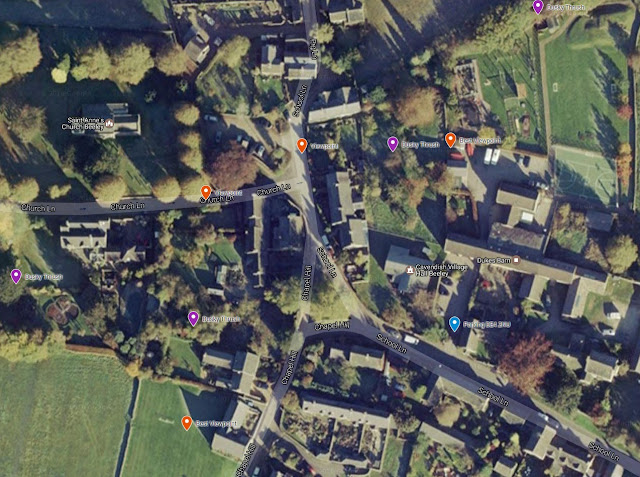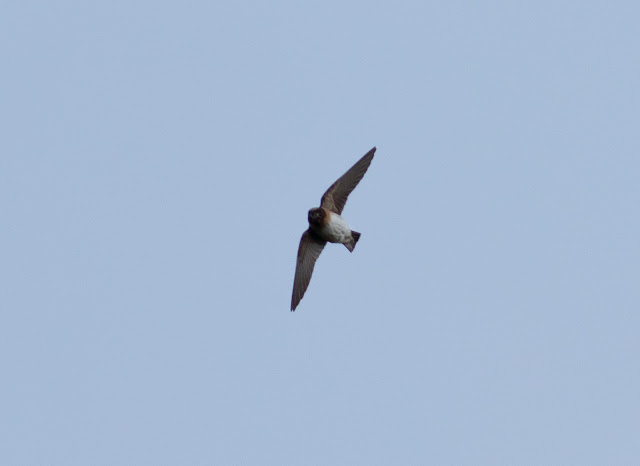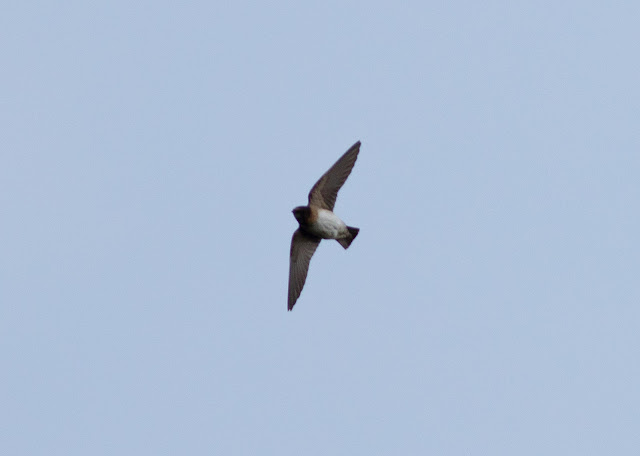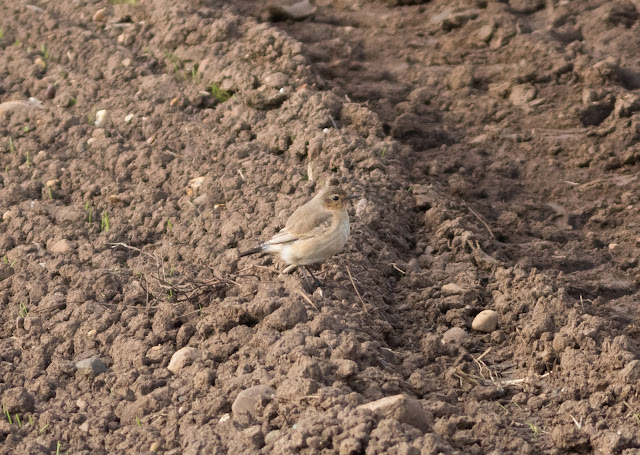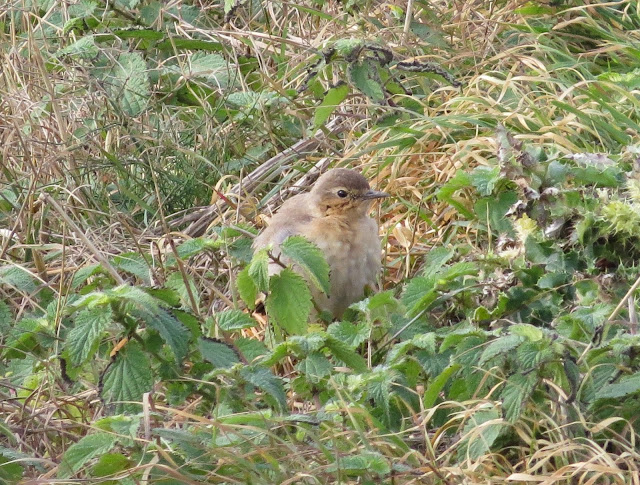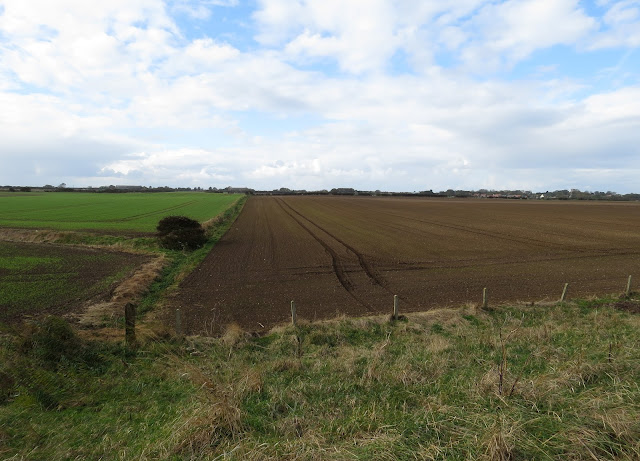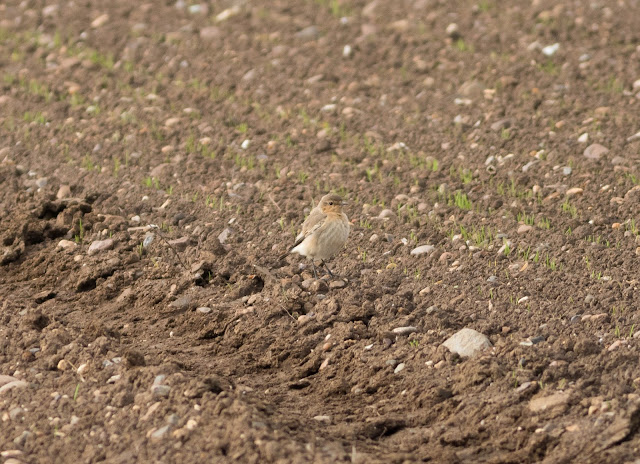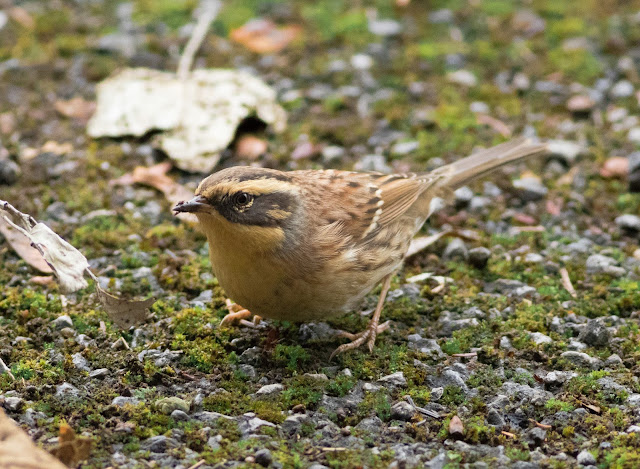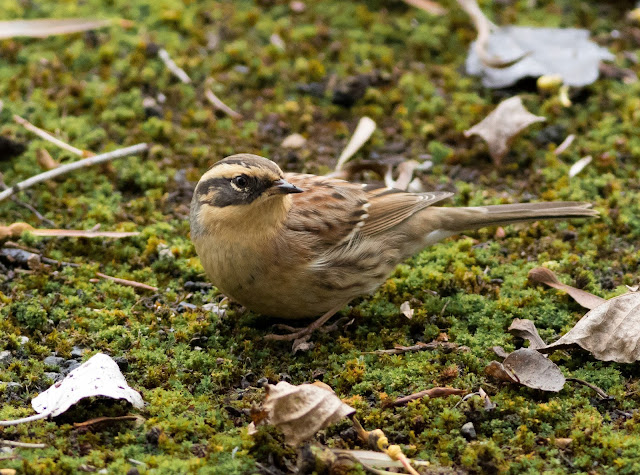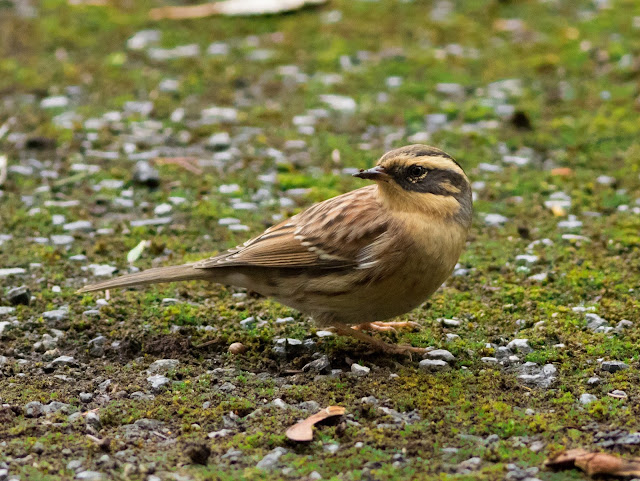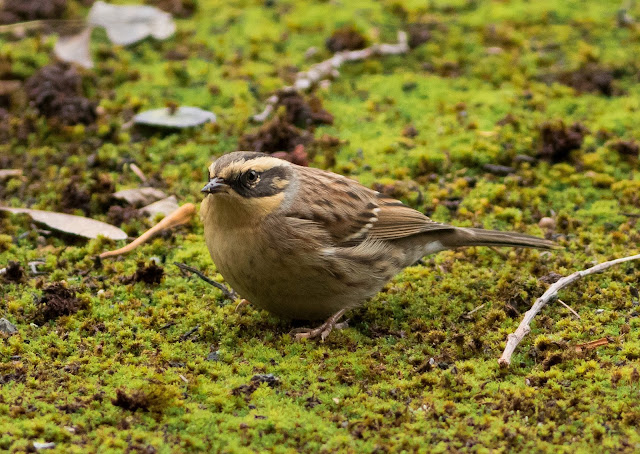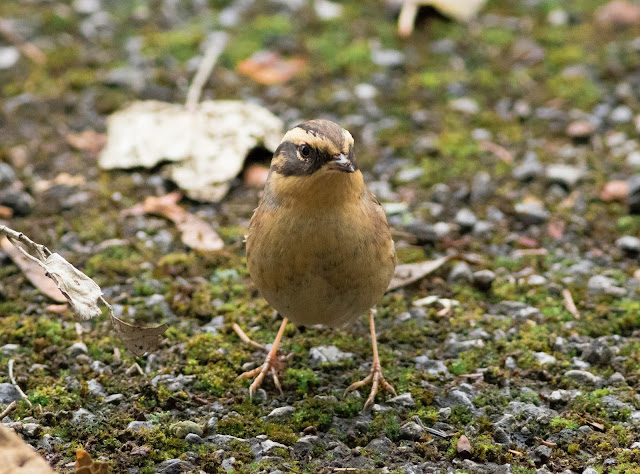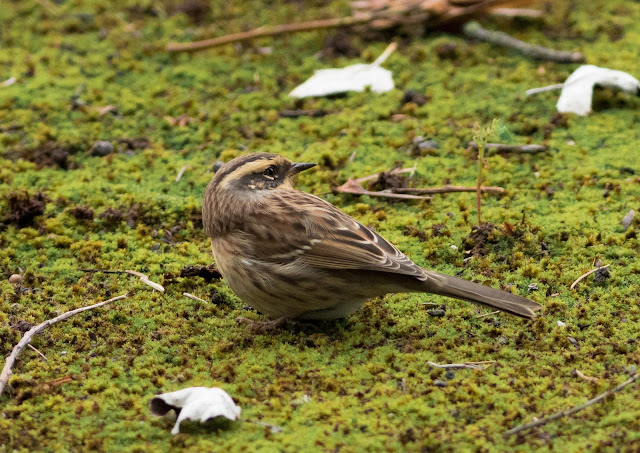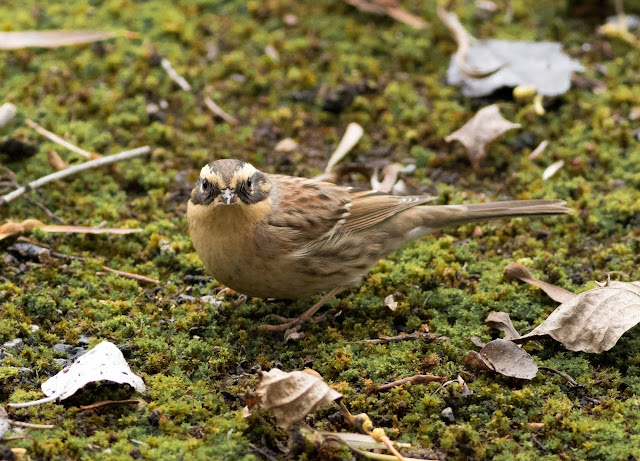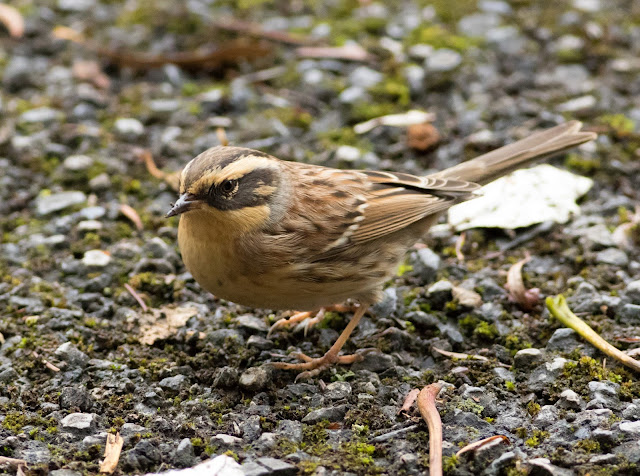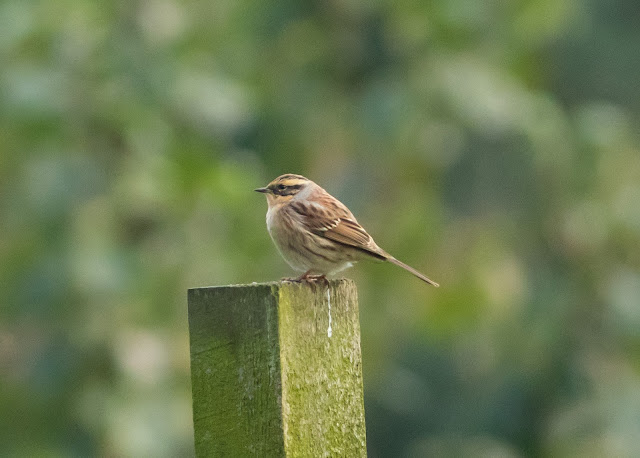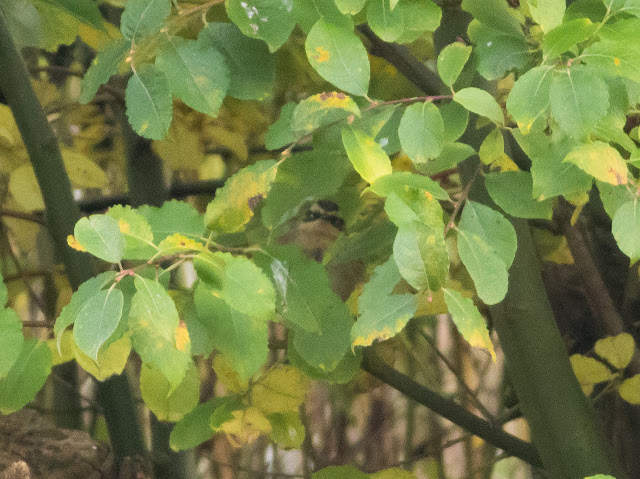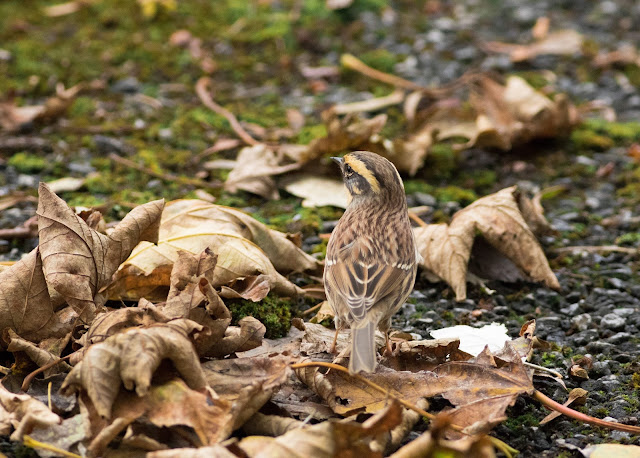Remember remember, the fifth
of November, gunpowder, treason and…. Cliff Swallows? Not the traditional
Bonfire Night rhyme but one highly fitting to this year’s date as late on
Friday afternoon the mega alert buzzed once again with news of a possible Cliff
Swallow seen flying around the Visitor Centre at Minsmere RSPB in Suffolk. The
ID was confirmed by the time I’d walked home from work, and with the Cliff Swallow
apparently going to roost on the reserve at just after 4pm, this would be our
best opportunity to date to catch up with this mega American hirundine.
Having not gone for the Scilly
bird at the start of the autumn and with records of Cliff Swallows few and far
between in Britain, I certainly wasn’t expecting another twitchable bird this
soon, and we had everything crossed that it would stick around in to the
weekend so we could connect.
News surfacing that evening of
a stonking male Eyebrowed Thrush photographed earlier that day at a country
park in Northumberland somewhat complicated matters however, and we soon had a
tough choice on our hands as to which bird to go for. Luckily we made the right
decision waiting for news the next morning, and with nothing further on the
Eyebrowed Thrush and with reports filtering through that the Cliff Swallow had
indeed left its roost to the delight of all those that had made the journey
over for first light, it was all systems go for the 4 ½ hour trip down to
Minsmere.
Arriving just after lunch with
reports that miraculously the Cliff Swallow was still on site, having been
delighting the crowds with aerial flybys and acrobatics overhead all morning,
we rushed over the fence and up the hill of the Stone Curlew field to join the
crowd of assembled birders, apprehensively eyeing the oncoming black rainclouds
billowing ominously over the horizon.
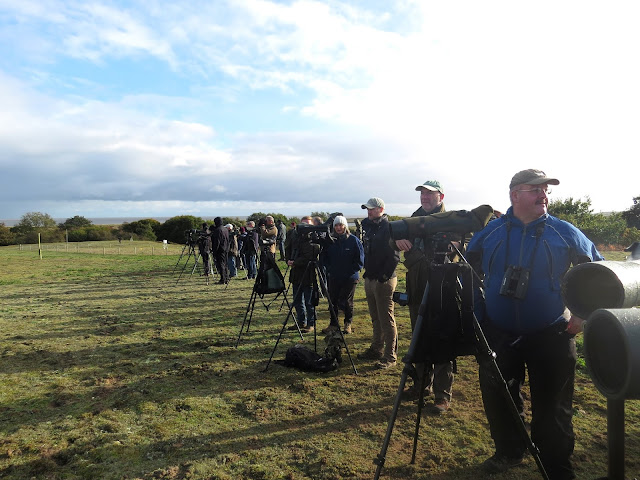 |
| The assembled crowd... |
Talking to those with scopes already
set up we were met with the news that every twitcher dreads, we’d missed it by
10 minutes and the bird had disappeared off over the heath – nightmare! With
the first few spots of rain hitting our cheeks, we could only hope that the
heavens wouldn’t open and that the Cliff and accompanying Barn Swallows
wouldn’t consequently disappear off under cover.
Thankfully though, after
around 20 minutes of desperately scanning the treeline, the cry went up that
we’d all been waiting for “Cliff Swallow – its back! Heading straight for us!”
Searching desperately in the direction people were pointing in and frantically
moving from swallow to swallow, a snatch of a pale rump cutting through the air
and I had it, hurtling towards us at speed and banking over the fields just
over the tips of the blades of grass. Success and relief! Incredibly, the
swallow continued on its trajectory, ignoring the line of 50 or so birders in
its path and swooping right in front of us at eye level, giving absolutely
incredible views and proudly displaying its dark cherry red throat, pale rump
and yellow-cream collar that distinguished it from the more familiar Barns.
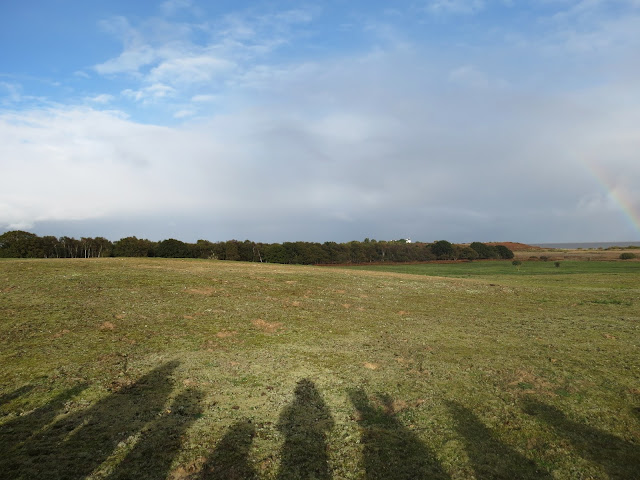 |
| The line of trees at the end of the Stone Curlew field the Cliff Swallow had been favouring |
Seconds later it had gone,
zipping over the trees and away over the heath. Fantastic, and a great bird to
grip back after September's Scilly bird was just a touch too far to travel.
Aged as a first winter, it’s
highly possible that the Cliff Swallow had come in with the strong westerlies
earlier in the season, perhaps on the west coast of Scotland before tracking
down south and reaching the east coast, associating with the Barn Swallows and
joining them on their migration southwards.
Sticking around in the hope
the Cliff Swallow would return for some photos, our wishes were granted as it
continued to perform right through the afternoon, never coming too low down
like the earlier flyby but showing considerably well enough for some record
shots as it banked overhead. Continually associating with the 8 Barn Swallows
that were also present on the reserve, after getting our eye in we were soon
easily able to pick it out from its counterparts, looking slightly bulkier than
the Barn Swallows with shorter wings and the diagnostic square ended tail.
With the cold getting the
better of us and the light fading, we retreated to the café for a much needed
bite to eat before our long journey home, getting one last look at our American
vagrant as it darted around the car park as we were leaving.
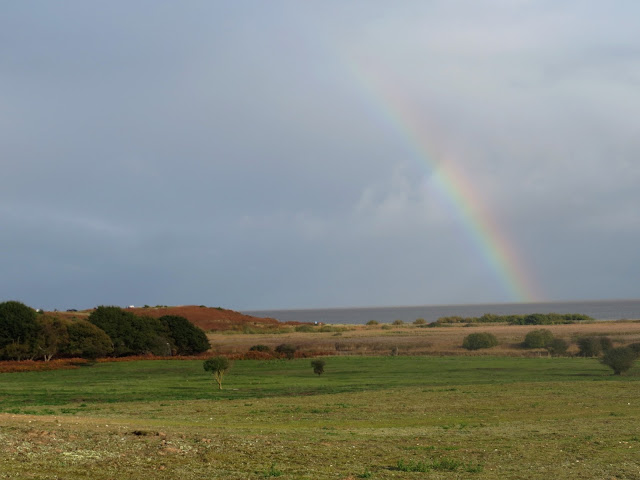 |
| Cliff Swallow - the gold at the end of the Minsmere rainbow |
Sadly for those that couldn’t
make it on the Saturday or put all their eggs in the no-show Eyebrowed Thrush
basket, after leaving the roost very early on the Sunday morning the whole
flock of hirundines were flushed by a Sparrowhawk, and despite the reappearance
of the Barn Swallows later in the day, the Cliff was not amongst them and
didn’t return.
With the Minsmere bird
representing just the 11th record for Britain and with a distinctly
Scilly based bias in terms of location (5 birds in total) this was a great bird
to get back so quickly and one I definitely wasn’t expecting any time soon!
